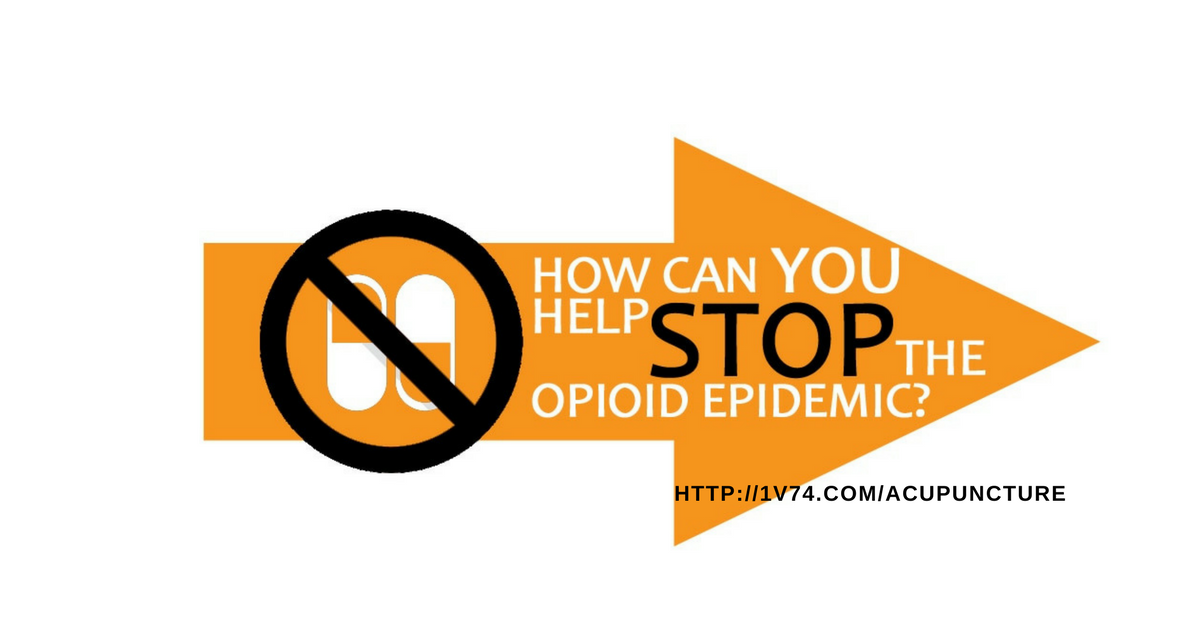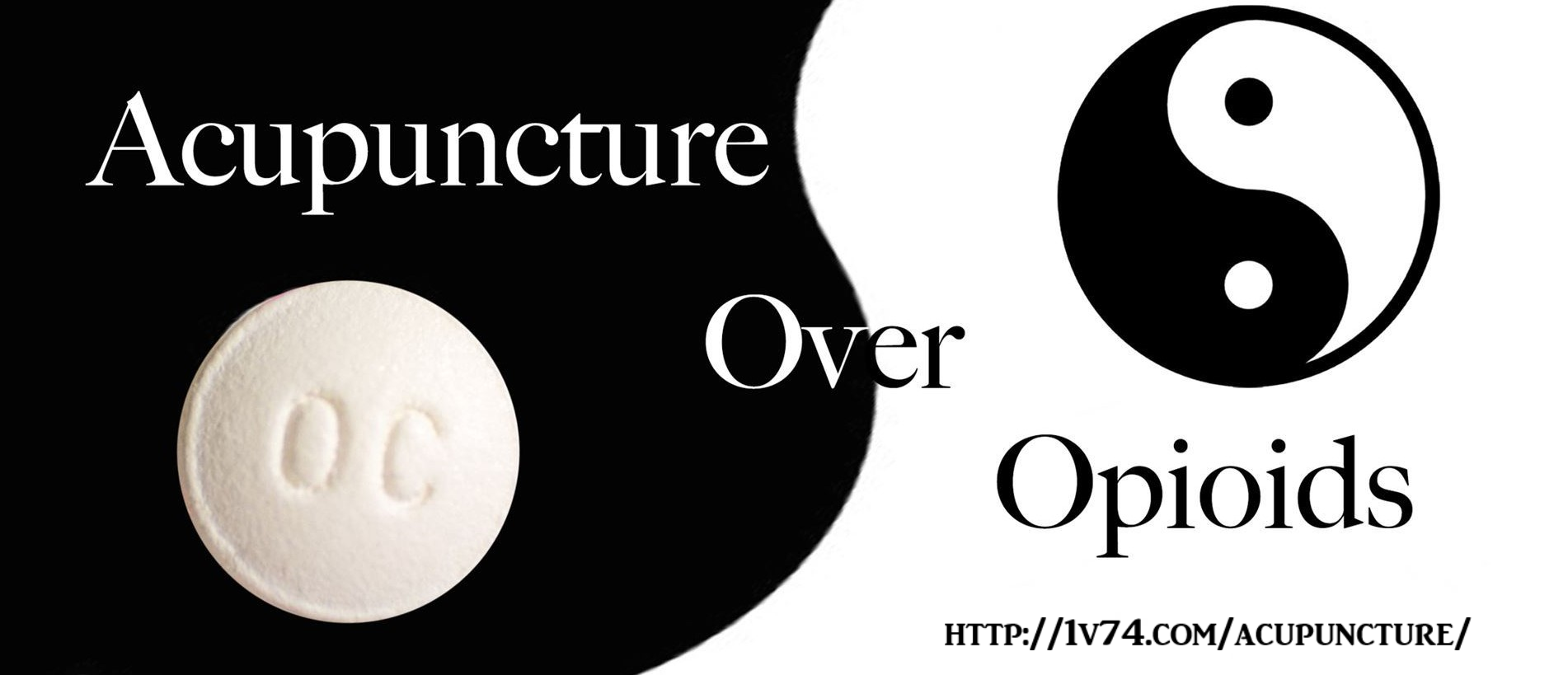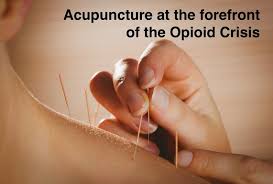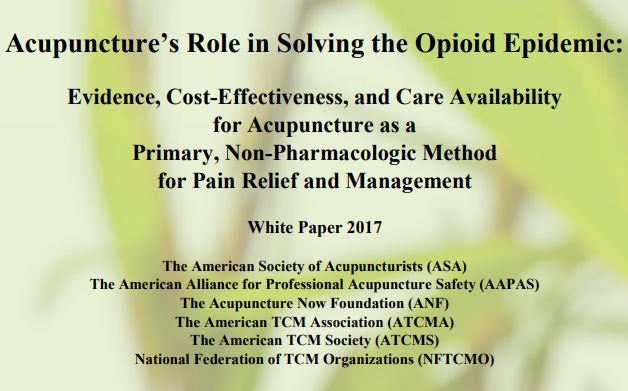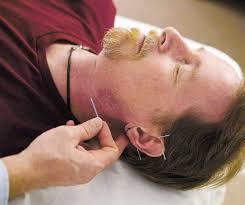The Opioid Crisis is out of control in the US especially. Every day, more than 115 Americans die after overdosing on opioids. The misuse of and addiction to opioids, including prescription pain relievers, heroin, and synthetic opioids such as fentanyl is a serious national crisis. It is affecting public health as well as social and economic welfare.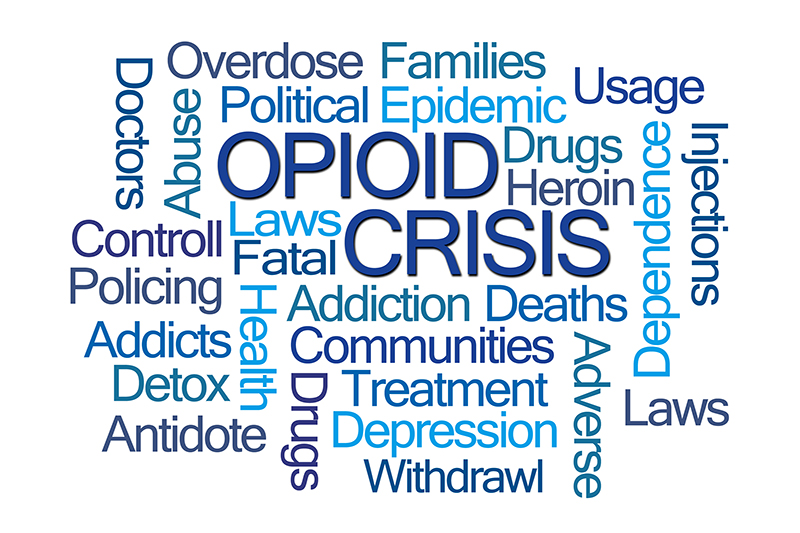
The Centers for Disease Control and Prevention estimates that the total “economic burden” of prescription opioid misuse alone in the United States is $78.5 billion a year. This includes the costs of healthcare, lost productivity, addiction treatment, and criminal justice involvement.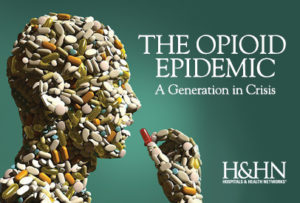
How did this happen?
[according to NIH study on drug abuse, revised Mar 2018]
In the late 1990s, pharmaceutical companies reassured the medical community 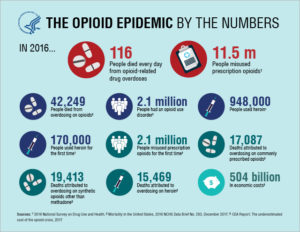 that patients would not become addicted to prescription opioid pain relievers, and healthcare providers began to prescribe them at greater rates. This subsequently led to widespread diversion and misuse of these medications before it became clear that these medications could indeed be highly addictive. Opioid overdose rates began to increase. In 2015, more than 33,000 Americans died as a result of an opioid overdose. These include prescription opioids, heroin, and illicitly manufactured fentanyl, a powerful synthetic opioid. Additionally that same year, an estimated 2 million people in the United States suffered from substance use disorders related to prescription opioid pain relievers. And 591,000 suffered from a heroin use disorder (not mutually exclusive).
that patients would not become addicted to prescription opioid pain relievers, and healthcare providers began to prescribe them at greater rates. This subsequently led to widespread diversion and misuse of these medications before it became clear that these medications could indeed be highly addictive. Opioid overdose rates began to increase. In 2015, more than 33,000 Americans died as a result of an opioid overdose. These include prescription opioids, heroin, and illicitly manufactured fentanyl, a powerful synthetic opioid. Additionally that same year, an estimated 2 million people in the United States suffered from substance use disorders related to prescription opioid pain relievers. And 591,000 suffered from a heroin use disorder (not mutually exclusive).
The Opioid Crisis: What is the answer to this epidemic problem?
As, stated above, the United States (U.S.) is facing a national opioid epidemic. Medical systems are in need of non-pharmacologic strategies that can be employed to decrease the public’s opioid dependence. Acupuncture has emerged as a powerful, evidence-based, safe, cost-effective, and available treatment modality suitable to meeting this need. Acupuncture has been shown to be effective for the management of numerous types of pain conditions. Additionally, mechanisms of action for acupuncture have been described and are understandable from biomedical, physiologic perspectives. Furthermore, acupuncture’s cost-effectiveness can dramatically decrease health care expenditures. This is both from the standpoint of treating acute pain and through avoiding addiction to opioids that requires costly care, destroys quality of life, and can lead to fatal overdose.
The Opioid Crisis with Acupuncture as a solution
Numerous federal regulatory agencies have advised or mandated that healthcare systems and providers offer non-pharmacologic treatment options for pain. We need to get out of the ‘bandaid solution’ of just giving yet another prescription “pill”, and get to the root of the problem. Acupuncture stands out as the most evidence-based, immediately available choice to fulfill these calls.
- safe
- easy
- cost-effective
- Hospitals settings are incorporating it now in:
- the emergency department
- labor and delivery suites
- neonatal intensive care units
- to treat a variety of commonly seen pain conditions.
The Veterans Administration is already successfully and meaningfully utilizing acupuncture as well as various branches of the U.S. military. Furthermore, some studies revealed a decreasing volume of opioids being prescribed when acupuncture is included in their care.
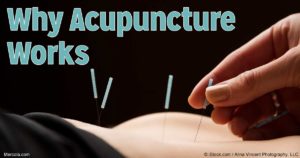
Scientists have been doing research for over sixty years to understand what mechanisms actually take pain away for patients. We can now prove that acupuncture and/or electroacupuncture alleviates inflammatory, neuropathic, cancer-related, and visceral pain effectively.
Needling at specific points on the body triggers the release of ATP and adenosine, which bind to local afferents. Scientists have mapped the neural pathways involving sensory fibers. Additionally, they have found that acupuncture treatment stimulates the same receptors in the body that Opioids trigger. Hence, the effects from acupuncture are both analgesic (less pain) and anti-inflammatory.
Acupuncture analgesia activates the production and release of these same opioid receptors. Treatment with acupuncture produces the same effect as an opioid prescription. However, there are no side effects or potential addictive properties like the real opioid. I recently read The White Paper that shows The Joint Commission recommends that all US accredited hospitals offer safe and effective non-opioid alternatives for pain and addictions. Therefore, we are off to a good start with addressing the problem.
NADA-what is it?
How can it help with the Opioid crisis and addictions?
The National Acupuncture Detoxification Association (NADA) started with one needle plugged into a machine and an addict turning it up high for the buzz. It started with heroin addicts and alcoholics who said this would help them even though doctors were saying that acupuncture would not work for them.
For a greater understanding of what NADA is, how it began and more,
read HERE.
Go here to read about other holistic modalities that help relieve pain

